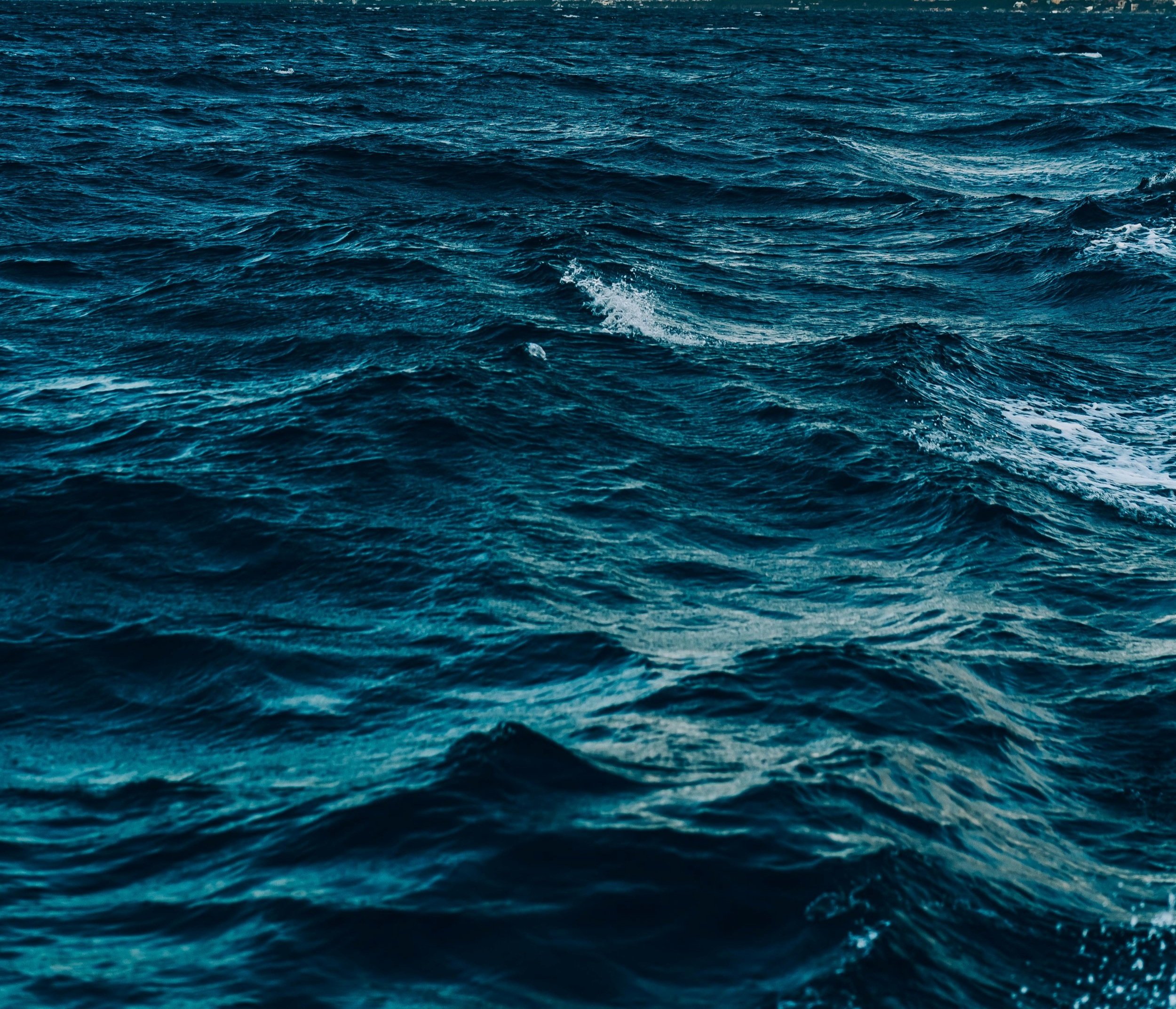
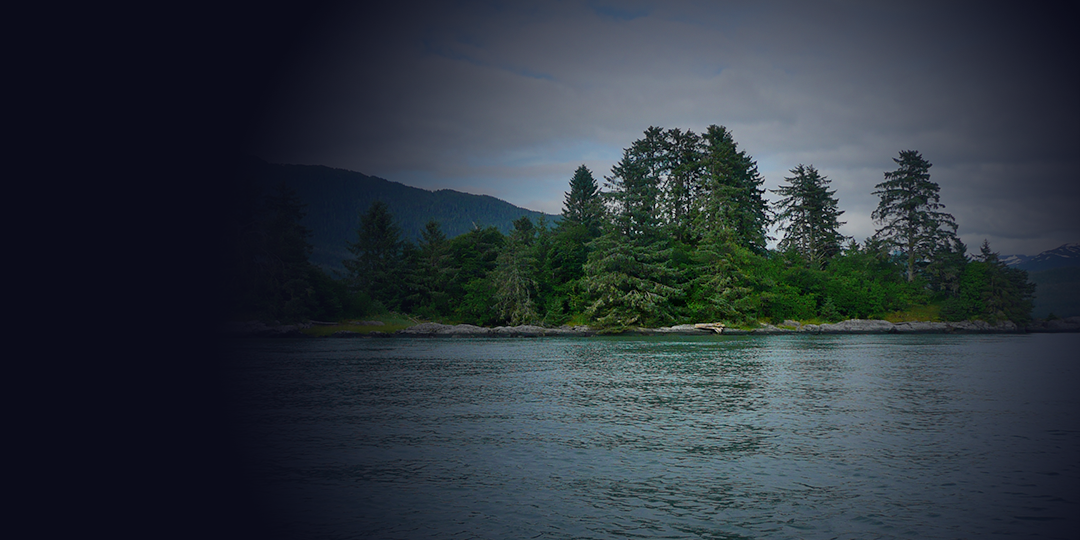
The Mystery of Deadman’s Island
🪦 Part of A Series On Wrangell Cemeteries 🪦
There’s an old Wrangell legend that dead Chinese cannery workers were left in barrels on Deadmans Island. The legend has been printed, quoted, and repeated. But there are reasons to doubt it is true. To find some answers, we dig into the burial traditions of Chinese, European, and Tlingit residents of southeast Alaska.
THe Legend
I don’t know where I first heard this story. It’s just part of Wrangell. There are multiple variations of the legend, but essentially, it goes like this: when Chinese cannery workers died at the APA cannery in Wrangell, their bodies were stored in a salt-mixture inside barrels on nearby Deadman’s Island.
Investigating the legend took me down pathways I’d never explored, beginning with the Deadmans Island itself.
This image from the US Geological Survey shows Deadmans Island, sitting about half a mile from the Wrangell Airport runway.
The Island
Deadman’s Island sits near the northern tip of Wrangell, Alaska. If you land at the Wrangell Airport, you can’t miss it. It sits alone, about half a mile from the runway, against a backdrop of the mouth of the Stikine River.
In 2007, I visited Deadmans Island with some friends, and we captured these photos of the bear monument laying on its side atop the island. We had no idea what it meant.

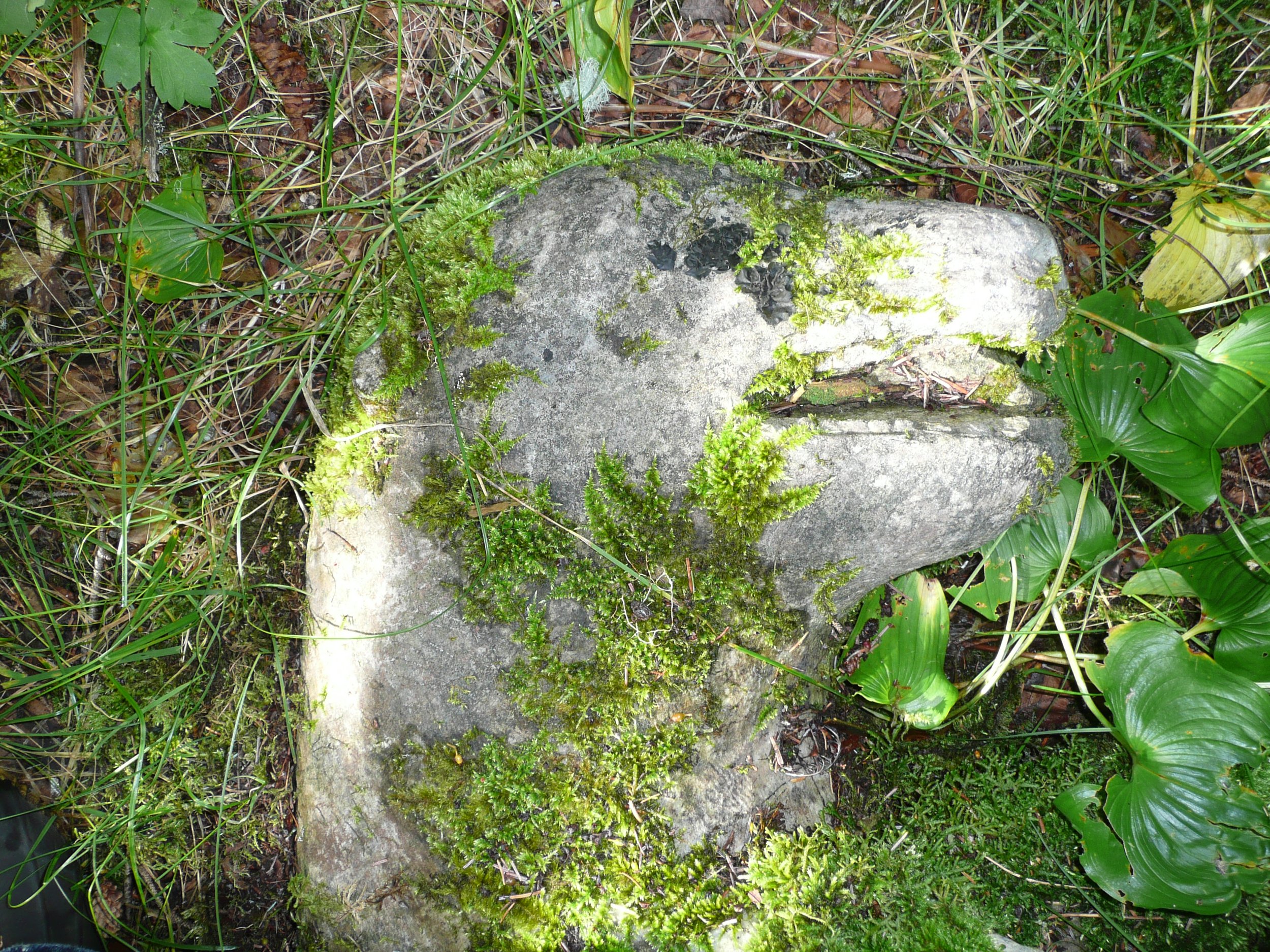
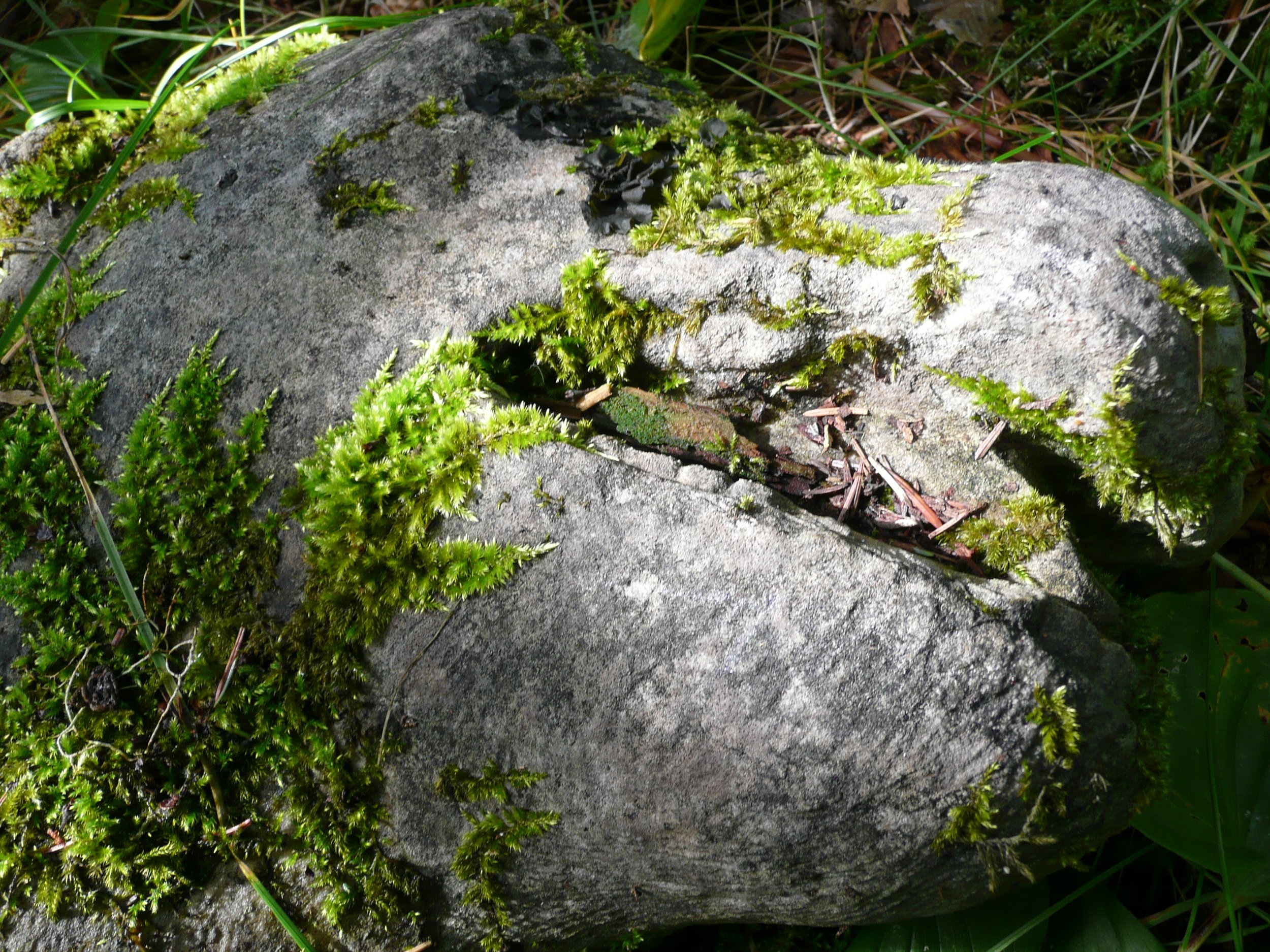
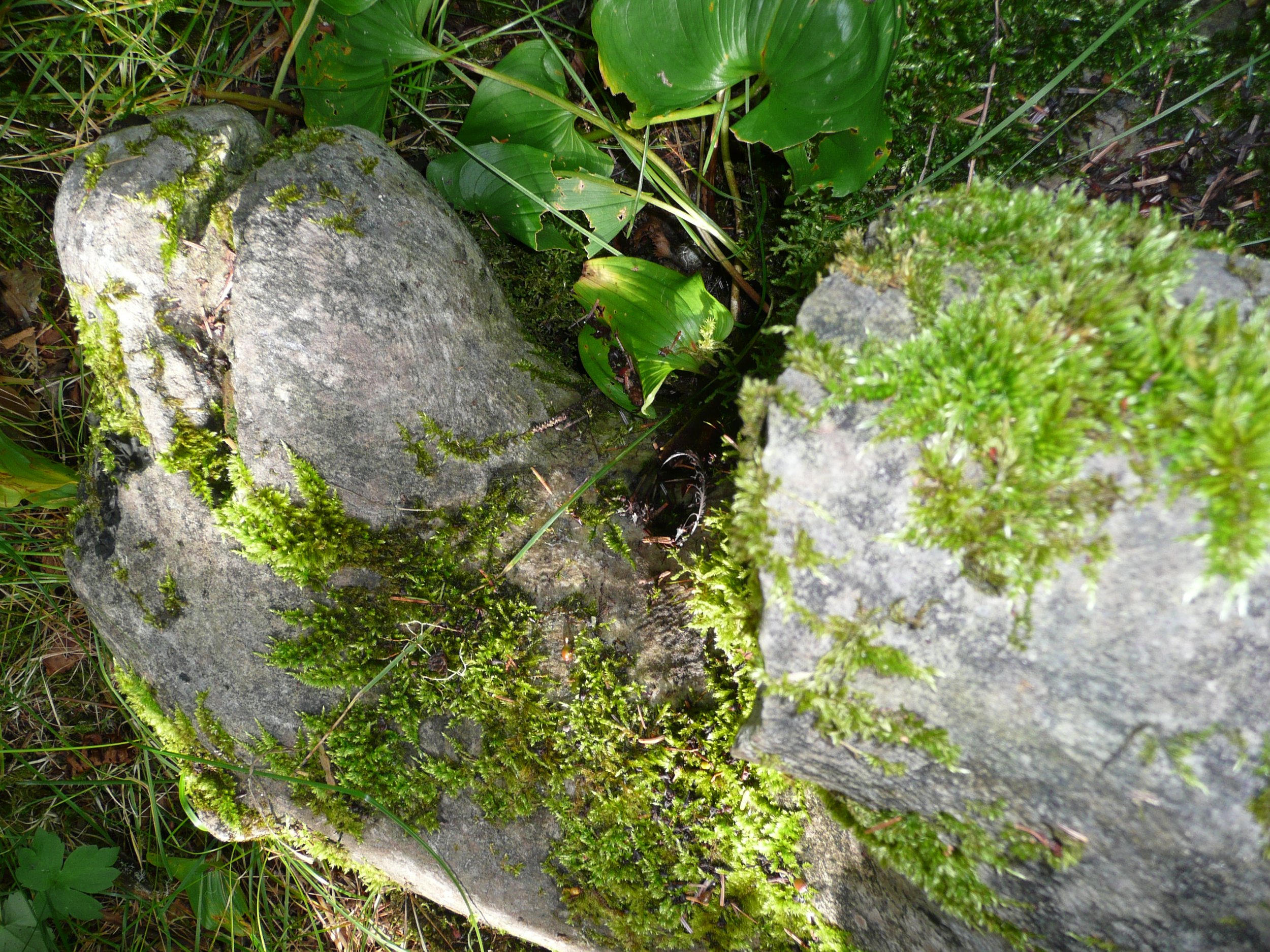
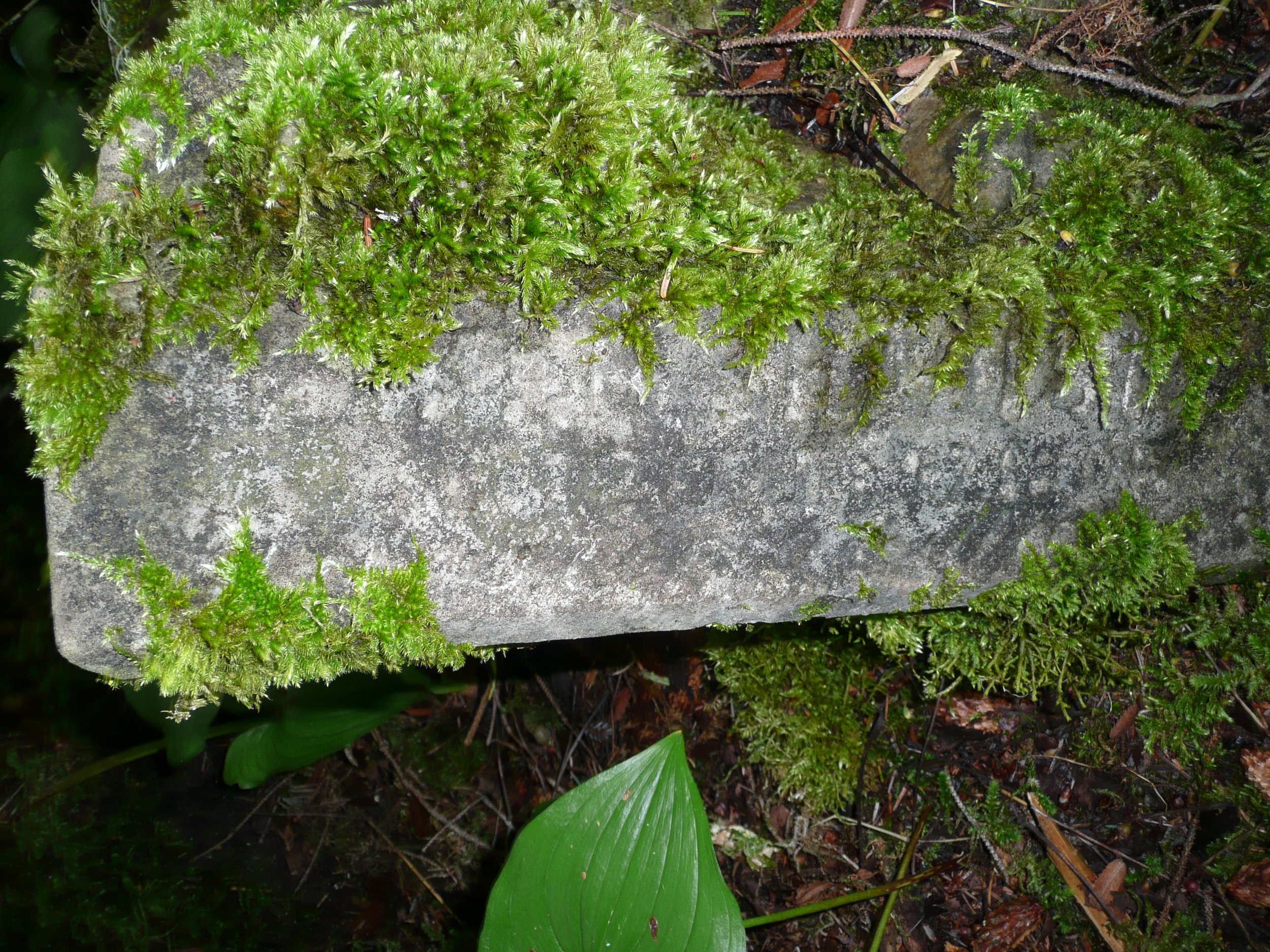
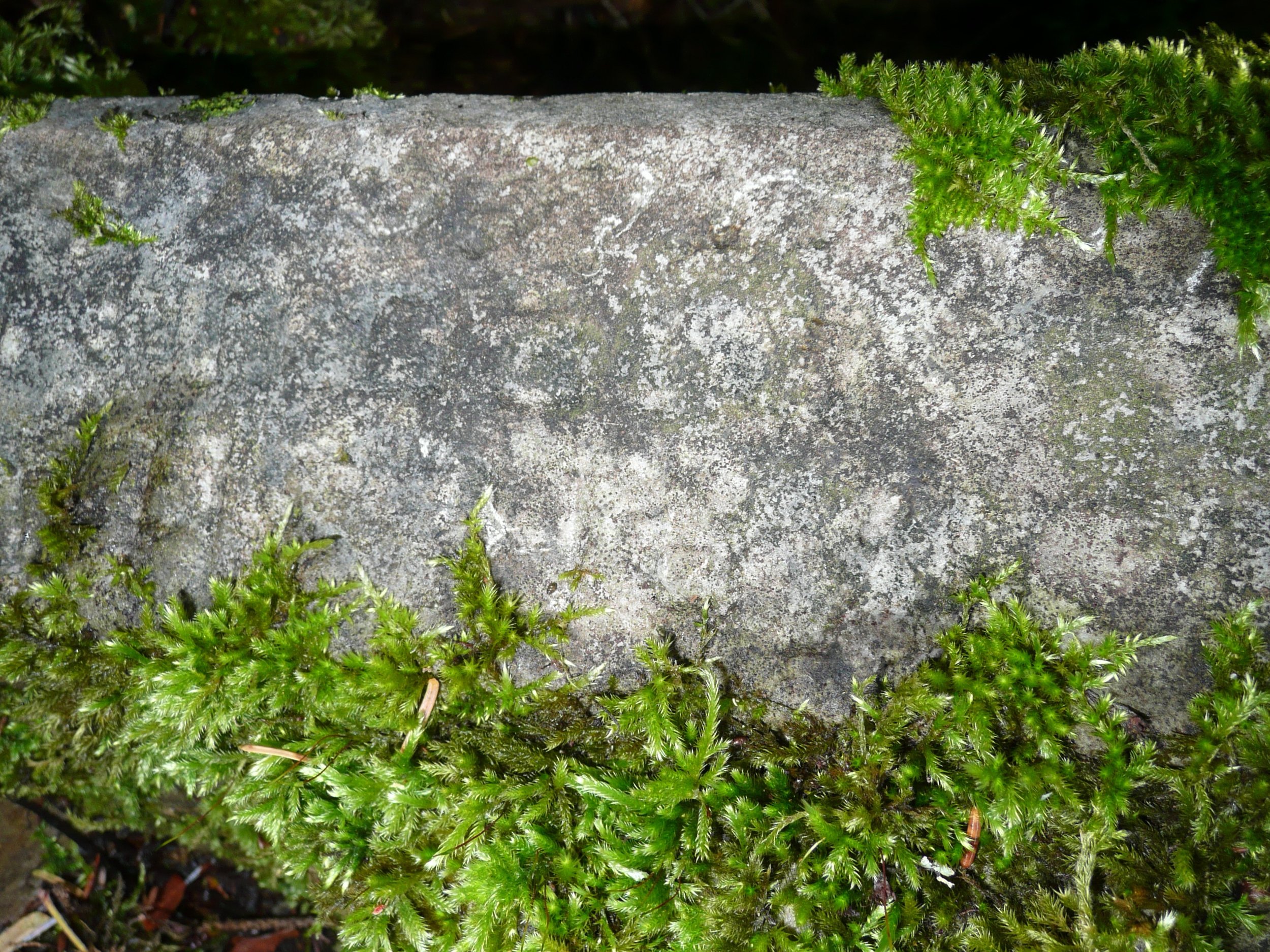
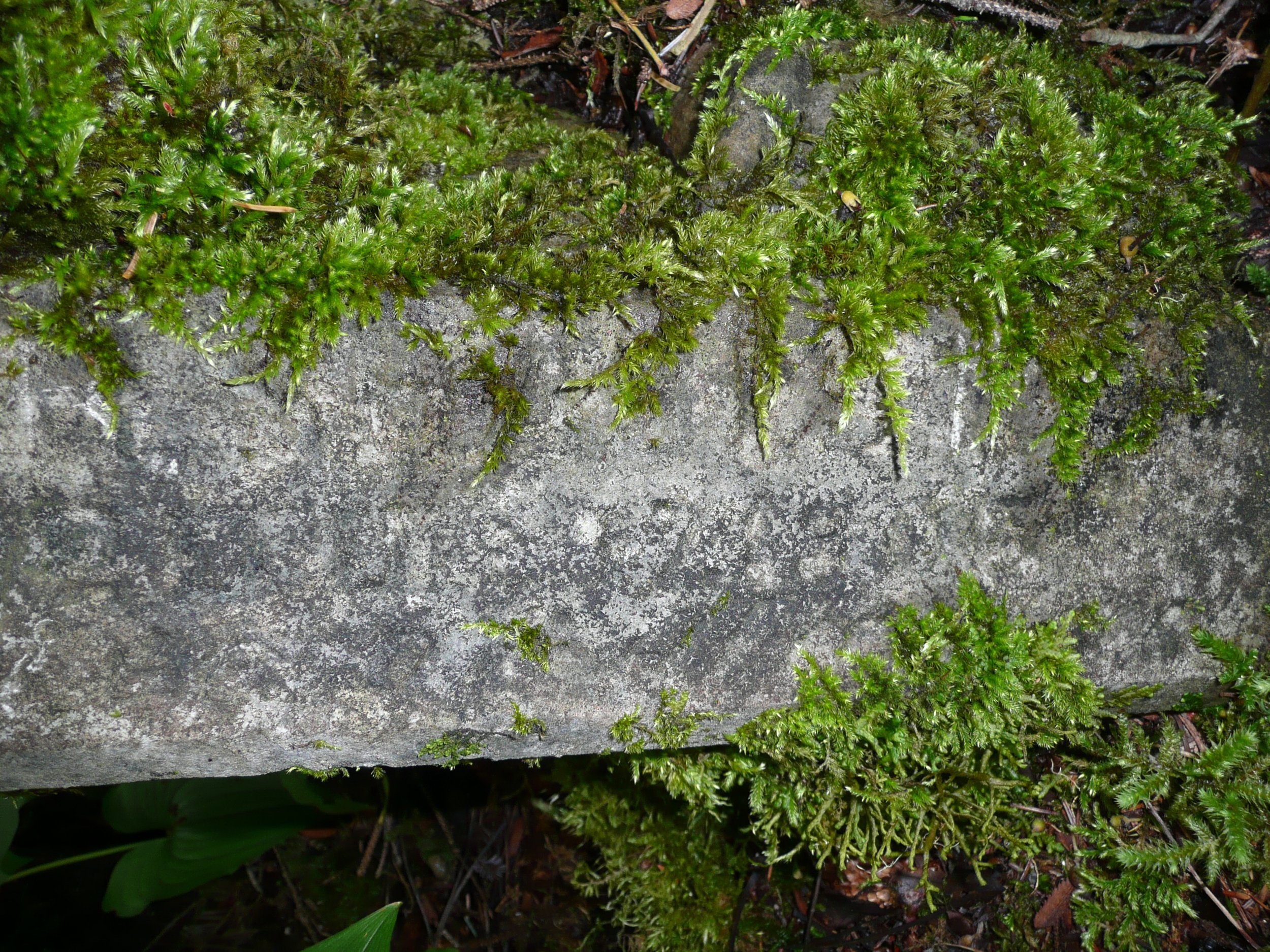
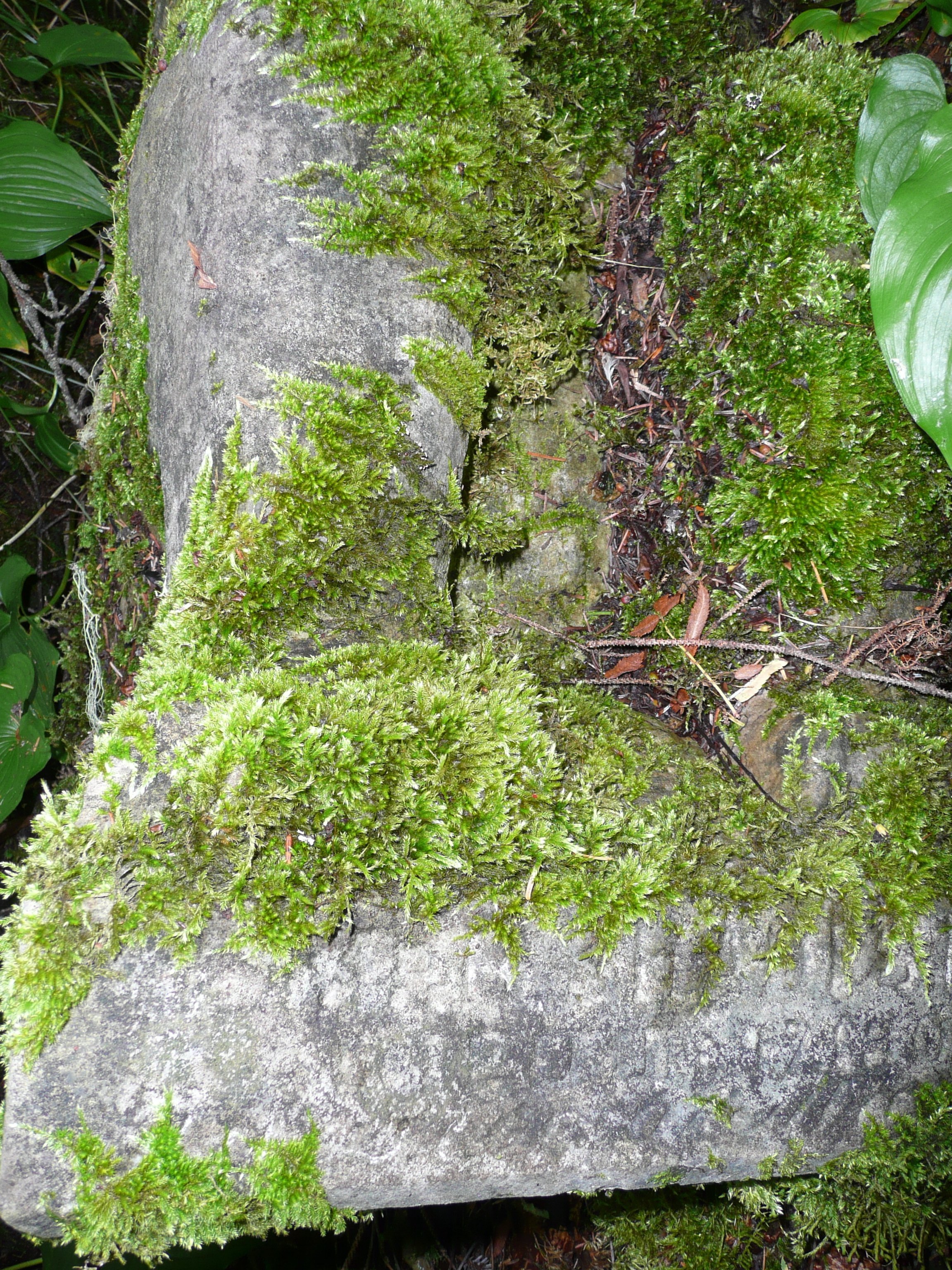
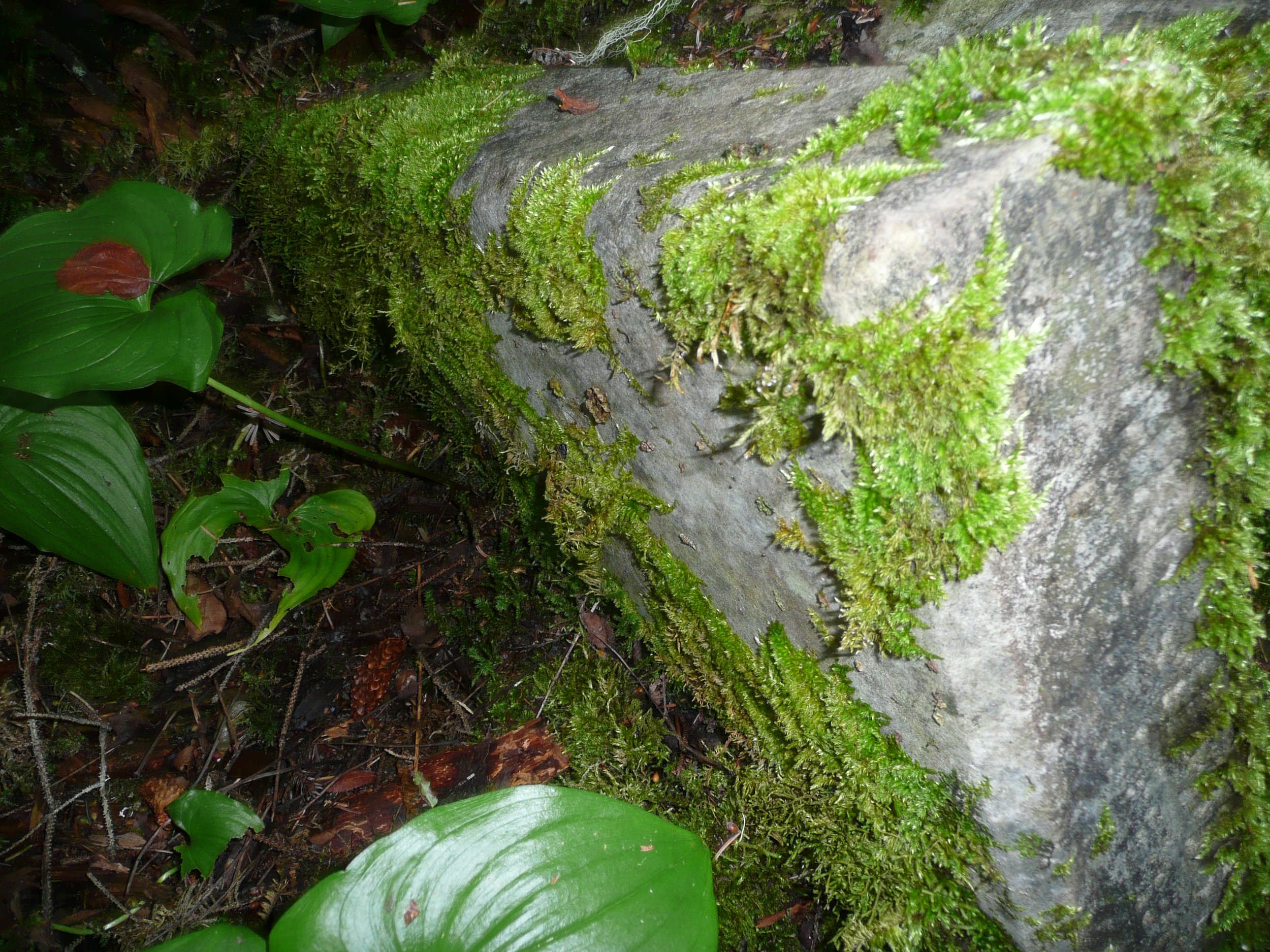
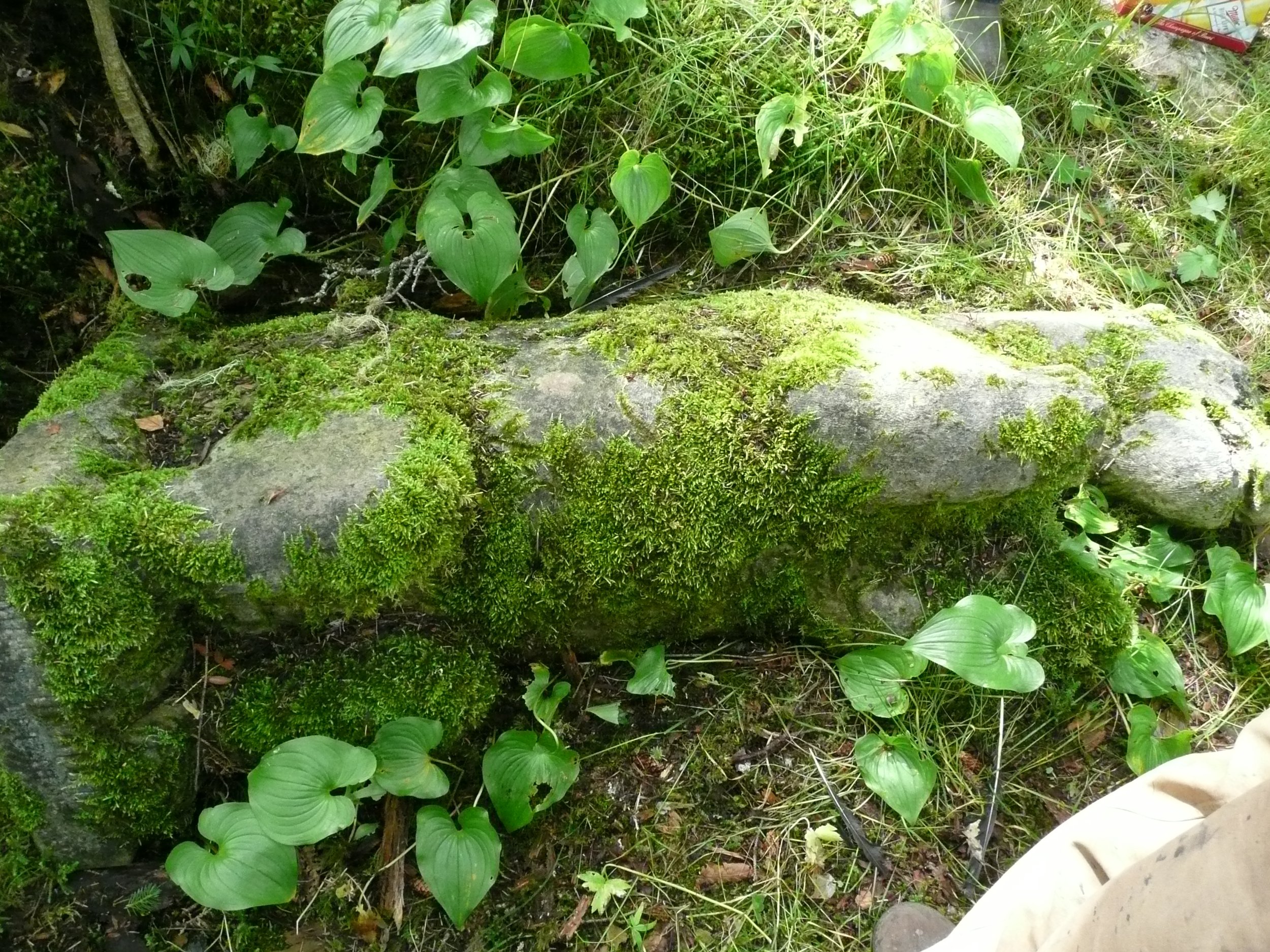
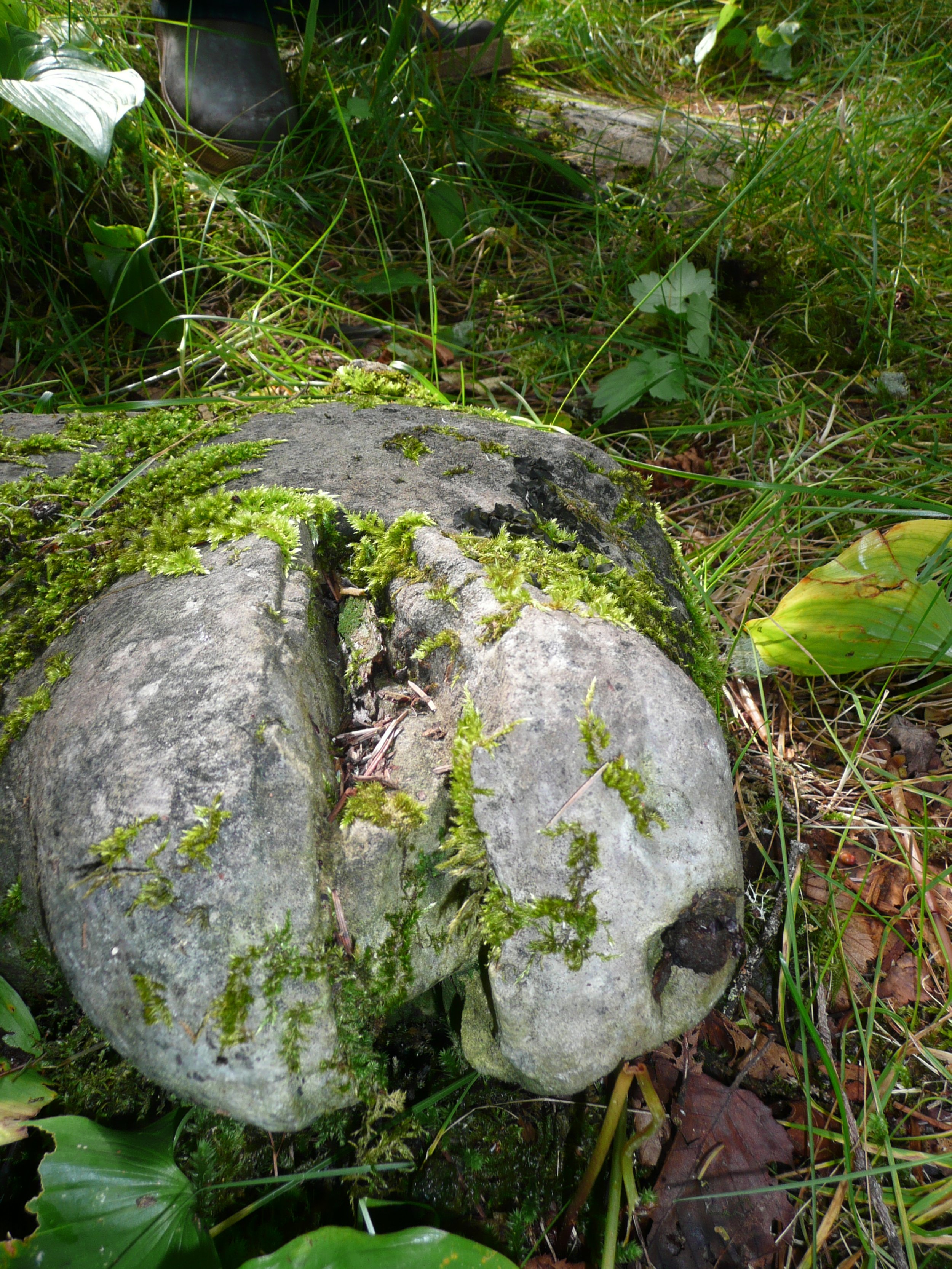
The Chinese
An illustration of a Chinese cemetery from the November 14, 1897 San Francisco Call.
This illustration from the June 8, 1924 San Francisco Chronicle accompanied an outlandish sea story by “Cappy Ricks” about Chinese bodies preserved in barrels. Stories like this were meant to entertain, more than to inform — but their cultural impact was felt regardless.
Two months after the wreck of the Star of Bengal, Patrick Loftus testified to seeing the bodies of the dead cannery workers buried on Coronation Island. Unlike the stories about Chinese bodies on Deadmans Island, these statements are corroborated by other witnesses and newspaper accounts from the time.
The Tlingit
Around 1905, this image of a bear statue carved from marble appeared in newspapers around the country. The accompanying newspaper article attributed it to a late, wealthy Tlingit man named Shadesty. In 1905, the Seattle Daily Times wrote:
“A stone carving of a grizzly bear in the attitude of defending her cubs has been carved by Andrew Chester Thompson of Seattle and will be immediately shipped to Alaska to be placed over the grave of R. Shadesty, one of the most prominent Indians in the North when alive. He died December 17, 1903, leaving $600 to defray the cost of the monument. The big piece of stone carving, weighing 3,600 pounds, will be shipped from Seattle to Wrangell and from that point will be carried about 150 miles overland to the home of the Bear family Indians. Mr. Thompson has been carving images for Alaska Indians for the past twenty-five years, but this is the largest monument he has shipped to Alaska, carved from a single piece of marble… the work done for Shadesty is novel in conception.”
No matter what you believe about Deadman’s Island, it is a landmark that should be respected.
If you enjoyed this, read more about
Wrangell Cemeteries
Researching history is amazing, but disturbing headstones is a bad idea. Before attempting to move or clean a headstone, consult with local government, tribal organizations, and next-of-kin to make sure you’re doing it the right way! You never want to be responsible for damaging a grave, even with the best of intentions. There are people in Alaska who are experts in this field, and you should seek out their advice!

